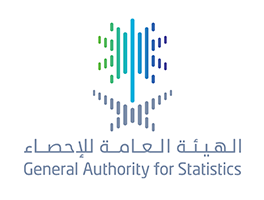Official government website of the Government of the Kingdom of Saudi Arabia
Links to official Saudi websites end withgov.sa
All links to official websites of government agencies in the Kingdom ofSaudi Arabia end with .gov.sa
Government websites use theHTTPSprotocol for encryption and security.
Secure websites in the Kingdom of Saudi Arabia use the HTTPS protocolfor encryption.

GASTAT Releases Results of Household’ Culture and Entertainment Survey for 2018
28-07-2019

8 governmental entities review 21 executive plans for Saudi Arabia Census 2020
28-07-2019

(16.8%) of Saudis contribute in voluntary works, and the average voluntary working hours of total population reached (52.2) hours during the twelve months preceding the survey
28-07-2019
GASTAT Releases Real Estate Price Index for Q2, 2019
28-07-2019

GASTAT Releases Results of Household’ Culture and Entertainment Survey for 2018
28-07-2019

8 governmental entities review 21 executive plans for Saudi Arabia Census 2020
28-07-2019

(16.8%) of Saudis contribute in voluntary works, and the average voluntary working hours of total population reached (52.2) hours during the twelve months preceding the survey
28-07-2019
GASTAT Releases Real Estate Price Index for Q2, 2019
28-07-2019